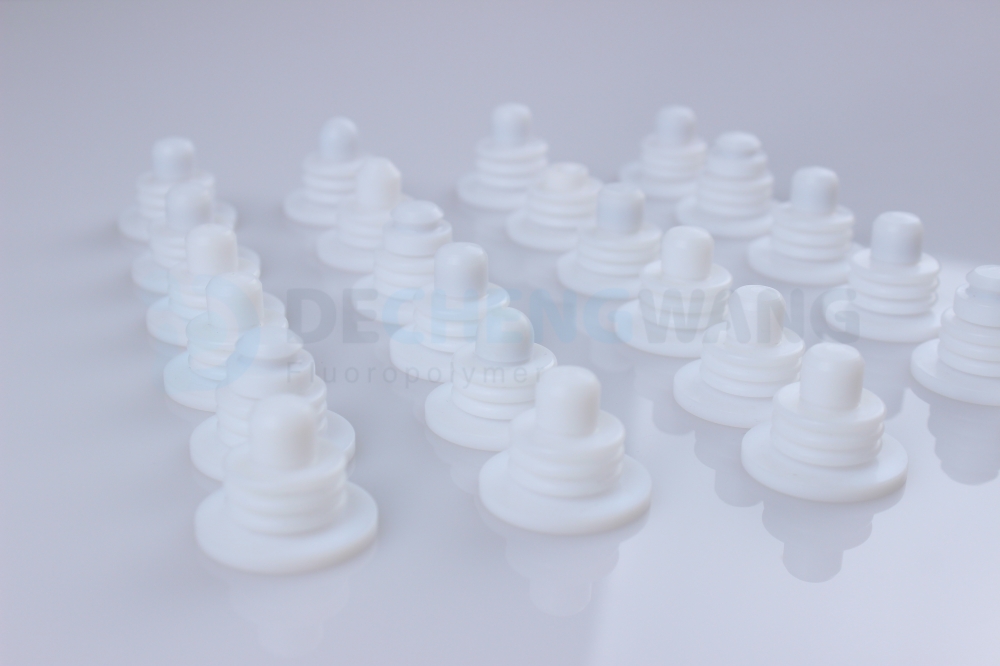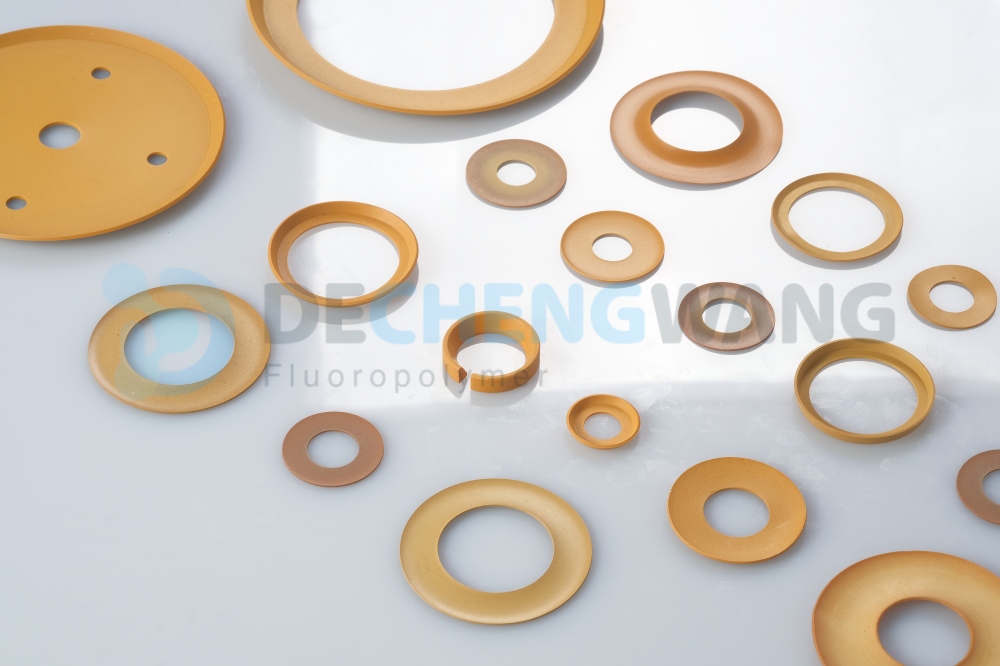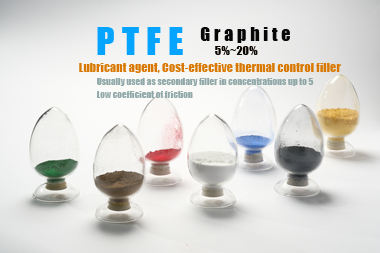
Applications: PTFE Bellows seals for valves
Bellows Mechanical Seal are a type of mechanical seal where the spring element is a bellows. They are a critical component in preventing fluid or gas
PVDF and PTFE have significant roles in our ecological system and economy. From daily use to more industrial application, both of them are important polymer materials to industries. They consist of large numbers of monomer units.
Despite the fact that they offer relatively similar functions, they differ in some aspects. In this post, we will do justice to the PVDF vs PTFE likeness, but before that, let’s have a summary of what these two materials are.
PVDF is the short form for Polyvinylidene Fluoride. It is a thermoplastic fluoropolymer material that is highly non-reactive. PVDF microfiltration membrane contains fluorine. It is suitable for use in high temperature conditions and has great chemical stability.
PVDF can be produced through the polymerization of vinylidene difluoride. This material is special because it possesses a high level of resistance to the majority of chemicals like hydrocarbons, solvents and acids. It is also capable of retaining a high standard of purity.
PVDF’s complex crystalline polymorphism can’t be obtained in any other synthetic polymer materials. This polymer comes in five different crystal forms, α, β, γ, δ and ε. They are created under different conditions and can still be converted to one another under some certain conditions.
The degree of crystallinity of PVDF varies depending on how it is prepared. It is usually between ranges of 35% to 70%.
PVDF is mostly available for use in the form of pipes, fittings, semiconductors, Li-ion batteries, etc.
During cyclic loading, PVDF materials have high resistance to fatigue.
PVDF is resistant to high energy radiation and ultraviolet light.
It is suitable and safe for food processing applications since it is resistant to bacteria and fungi.
PVDF absorbs less than 5% water.
PVDF is produced by polymerizing the monomer vinylidene difluoride. This is done with an emulsion between the range of 10⁰C and 150 °C. It is processed into coatings via melt casting. PVDF can also be made from solutions like:
Spin coating - here polymer is processed into thin films from the higher beta-phase.
Solution casting - the polymer material is dissolved in a solution which forms a porous polymer membrane.
Melt casting - it is heated until it melts, then poured into a mold until it cools down and solidifies.
Film casting - the polymer is processed using extrusion procedures into thin sheets and high-quality films.
PTFE which is commonly known as Teflon stands for polytetrafluoroethylene. It’s best known for its non-sticky features, and it is prepared by polymerizing tetrafluoroethylene as a monomer.
Polytetrafluoroethylene is a very versatile material that has a large variety of applications. Its most common use is as lubricants and coating materials for water pipes lining. It is durable, anti-foul and fireproof.
PTFE exists as a white solid at room temperature with a density of about 2200 kg/m3. It is hydrophobic therefore its surface cannot get wet with water. Also, it has high molecular weight and is made up of just carbon and fluorine atoms.
PTFE is synthetic
It consists of a carbon backbone and is contained by fluorine atoms.
It is highly insoluble in most chemicals
PTFE is highly resistant to corrosion
PTFE is easy to clean and its hardness range is between 70 to 85 IRHD
It has a low dielectric constant
PTFEs are highly resistant to flame and have excellent thermal stability
Even though PVDF and PTFE have similar features, they have even more differences, usually in characteristics, production process and applications. The differences are highlighted below:
Under normal conditions, PVDF is a semi-crystalline polymer with a crystallinity rate between 35-70% and an average of 50. Whereas, PTFE is a polymerized polymer with excellent chemical stability.
Another major difference is that PVDF membranes are more ideal for the filtration of mild organic and non-aggressive solutions. On the other hand, PTFE membranes can be utilized in the filtration of aggressive solutions and strong acids due to its excellent mechanical toughness.
Under some certain conditions, PVDF is usually more reactive than PTFE.
PVDF membranes are better than PTFE in low-temperature resistance. PVDF is used more than PTFE membrane filters in cold regions. This is because PVDF membrane glass transition temperature is about 40 degrees below zero.
PTFE membranes are more ‘non-sticky’ than PVDF.
PVDF has a comparative low density of 1.8g/cm3 while PTFE's density is much higher standing between the ranges of 2.1 to 2.3 g/cm3.
An obvious difference is also their use of applications. Especially in industrial usage, PTFE is not much of a phenomenon but PVDF membranes are more in use.
They have different temperature resistant levels. PTFE temperature resistance is between -60 to 150⁰ Celsius while PVDF is -200 to 260⁰ Celsius.
PTFE's hydrophobic characteristic means it can be used for filtration of different corrosive liquids and vapor. PVDF membrane however has the features of fluororesin and general purpose resin
PVDF membranes' chemical structure is "'–[–CF2–CHF–]n–" while PTFE's is "–[–CF2–CF2]n–."
They both have distinct manufacturing processes. While PVDF is made through polymerization of vinylidene difluoride, PTFE is manufactured through free-radical polymerization.
Also, PVDF machined parts are relatively cheaper to buy than PTFE machined parts
PTFE membrane fillers are more chemically resistant to corrosion than PVDF.
As already discussed above, PVDF and PTFE are quite similar for having some properties, however, they are different polymers. Their differences span across several considerations, including their production processes.
For more inquiries on PVDF vs PTFE, feel free to contact us. We have a bunch of polymers experts to share more clarity.

Bellows Mechanical Seal are a type of mechanical seal where the spring element is a bellows. They are a critical component in preventing fluid or gas

In the world of engineering and manufacturing, where precision and efficiency are paramount, the role of wear resistance plastic has evolved far beyond their conventional image.

PTFE is a versatile polymer with outstanding properties like chemical resistance, low friction coefficient (self-lubricating), non-stick nature, and excellent electrical insulation. However, it also has some